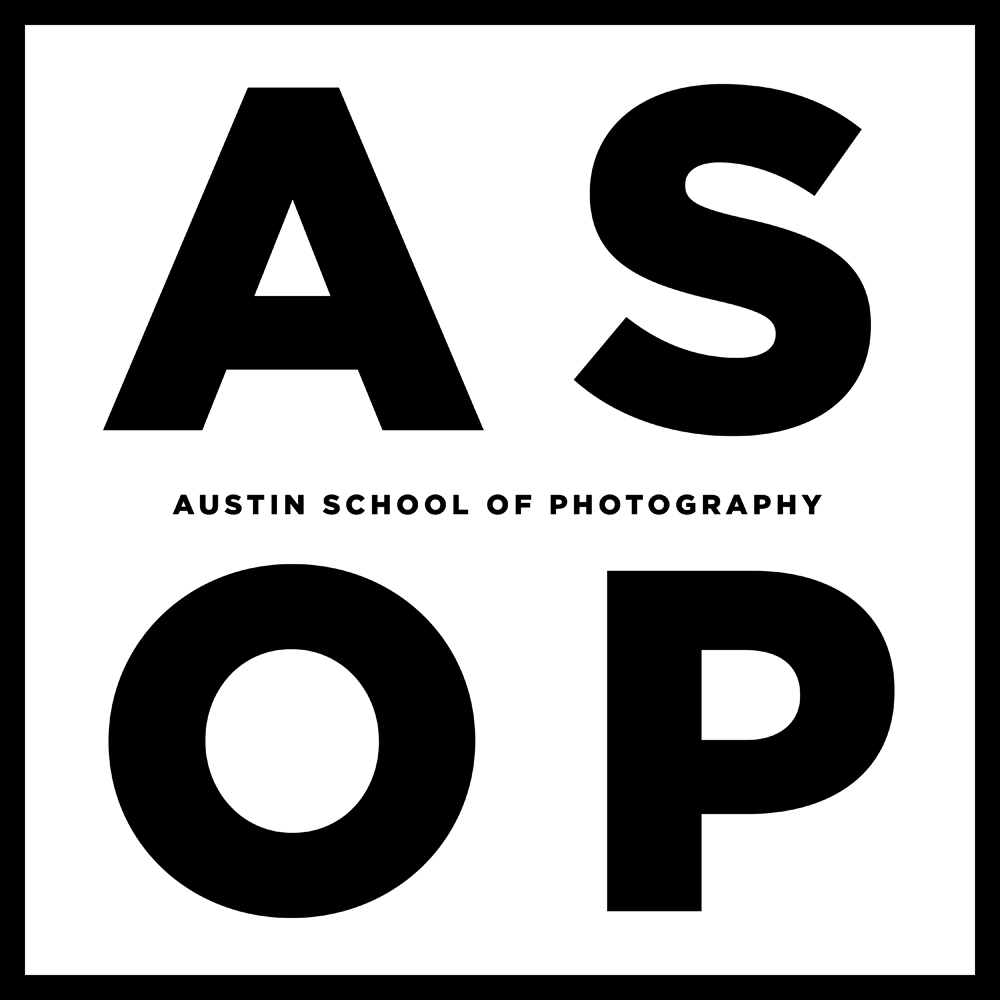What kind of equipment do I need?
Technically, all you need is access to any camera that allows you fully
to control its shutter speeds and apertures. Most of our students are
using typical SLR or dSLR cameras which are cameras with a single,
detachable lens. However, it is possible to learn photography with a
medium format camera or even a “point-and-click” camera, so long as the
camera allows for complete manual control.
Do I have to have any experience or previous training?
Absolutely no experience is required to take the Photo1 course or any
of our workshops. While Photo1 does move gradually toward some fairly
advanced ideas, the course is designed with the assumption that its
participants know absolutely nothing about photography, so we will start
from the very beginning and move from there. One of the founding
principles of ASOP is the desire to make the principles of photography accessible
to everyone, no matter what his or her background, so absolutely nobody should feel intimidated by the prospect of taking one of our classes. Our goal is to
increase your confidence in shooting, and your comfort using your camera,
and more-over, we like to think we exist, in part, to broaden Austin’s general
visual literacy. So beginners are always welcome!
Well in that case, I’ve taken a class or two in the past, should I
then jump straight into the advanced classes?
This is a tricky question. Our experience has been that the majority
of people asking this question need Photo1, which is likely a far more
comprehensive course than what you have taken previously. One of the
reasons we’ve founded ASOP is because of the mediocrity and
misinformation we’ve encountered when evaluating other photography
classes. If your previous class simply explained what the aperture,
the shutter, and ISO are all about, and then explained a bit how they work
together, then we will almost certainly surpass your knowledge on the
first or second day of Photo1. From there we explore more advanced
ideas such as differential metering, the various uses of middle gray,
understanding how to control the contrast in your image, the variety of
lenses available and how they can shape the communicative effects in
your photograph, and the manner in which you can control the aesthetic
or emotional value of your image through your technique. However, the
most important thing to note is that Photo1 puts all of the basic
principles of photography into one holistic narrative, through which our
students gain an understanding for how this information will eventually
shape their vision and their shooting habits, and in that sense the
course is keenly developmental. We find very consistently that, by the
end of this course, we are already addressing many of the concerns that
our students seeking “intermediate to advanced training” tend to have.
Conversely, the feedback we’ve received from those who have jumped
straight into the advanced classes indicates that most of them probably
did require Photo1. If you feel you need to consult with us regarding
your proper placement, don’t hesitate to give us a call or simply come
on down to the studio and we’ll discuss it together.
How are the classes structured?
Most courses meet once per week, for 2 hours at a time, and they tend to
last for 6 weeks (totaling 12 hours of instruction). The exceptions are
courses that involve software such as the post-processing or web-design
classes, and those classes typically last for 4 weeks. Occasionally ASOP
offers “accelerated” 12-hour courses in which the same curriculum is
covered but in the span of fewer weeks; for instance, some classes meet
3 times per week and thus require only 2 weeks to complete. These classes
are aimed at students who cannot commit enough time to take a longer course.
What if I have to miss a class?
The whole concept of ASOP is to make learning photography as convenient and accessible as possible. If you miss a class, you may simply make it up on the next date that particular lecture is held.
Are your classes for digital cameras only, or can I shoot film?
For most of our classes (including Photo1, Photo2, Doc1, and our Studio Lighting classes), it makes no difference whether you are shooting film or digital. The
science involved in learning about light and lenses is nearly identical in either case, with the primary difference being some minor distinctions in terminology and, of course, the logistics of post-processing the image. Although it is now 2014, our instructors
still shoot a lot of B&W film, and we still occasionally have students who prefer to use film, but yes, the majority of our students now shoot exclusively digital.
